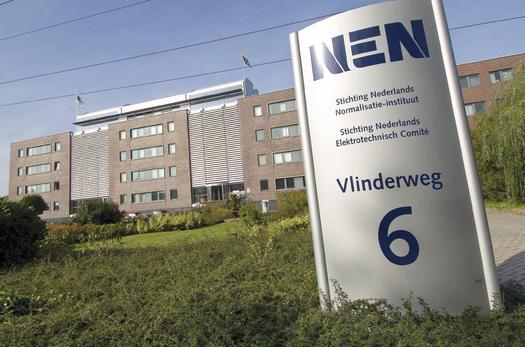This is standardization for drafting that you need to know (JISC, NNI, DIN, SNI, ANSI, ISO) and the 9 regular drawing tools
1. Standard Drafting
Standard
technical drawing is a uniformity that has been agreed in order to
avoid misunderstandings in communication techniques. People involved in
the field of engineering drawings need to know about the standards.
Related persons include students in technology and industry groups, the
product planners, machine operators, assembly operators, mechanics and
control the quality of a product / machine.
Standard
drawing techniques can be applied within the company, between companies
/ industries within a country, even the standard can be applied to
engineering drawings of industrial inter-state known as International
Standards or abbreviated SI. Countries that have made a standard is:
a. Japanese Industrial Standard (JIS)
for more info: JISC
for more info: JISC
d. Standar Nasional Indonesia (SNI)
for more info: SNI
e. American National Standard Institute (ANSI)
for more info: SNI
ISO
(International Standardization for organization) aims to bring together
the technical understanding between nations by making a standard. The
standards that were then brought to an international forum with the aim
for :
a. Facilitate national and international trade
b. Facilitate communication techniques
c. For developing countries, it can give handy hints on specific issues in the field of engineering.
2. Drafting Pencils
The tools used to describe the scratch line in the image. Pencil is divided into two kinds of pencils, which is:
1) based on the shape:
b. Mechanical pencils, pencil that can be reloadable.
2) Based Hardness. These pencils have different hardness levels and usually denoted by the letter (F = Firm, H = Hard, B = Black). Here is link to more detailsStory of pencil
3. Technical Pen is
a drawing tool for drawing ink on tracing paper, and has a thickness
levels. This tool requires regular maintenance that can still be used as
it should be. for more detail please visit Technical_pen
4.
5. Drafting Board must have a flat surface, straight and smooth. Adequate size drawing board for engineering drawings is 1265 mm long, 915 wide and 30mm thick. complete the following link drafting board
6. Protractor used
to divide an angle into equal size. Generally made of mica and come
with dividers ranging from 0°-360°. Complete the following link Protractor
7. Paper which is used to create engineering drawings are white drawing paper whose surface is not rough. If the rough drawing paper will be difficult to draw a straight line with ink.
Type of drawing paper commonly used in engineering drawings comprise three types, namely:
1) Paper
millimeter blocks, namely a thick white drawing paper that has a
horizontal line and a vertical line with a distance of 10 x 10mm. Chart
paper serves to create temporary images generated from the measurement
results with the scale.
2) Thick
white paper, which is paper ordinary image that is often used to create
images with the scale and the actual size (A0, A1, A2, A3, etc.). Link
below for the full sizePaper_size
3) Tracing paper, transparent paper that is used to create an image with ink. following a full description\Tracing_paper
8. triangle ruler
consists of one angle of 45 °, 90 °, 45 ° or an angle of 30 °, 90 ° and
60 °. A pair of triangle ruler is used to create parallel lines,
special angles and lines perpendicular to each other. for more details
ruler elbowSteel_square
9. Eraser
is used to erase pencil lines that are not useful in order not to
damage the paper drawing and does not leave color on paper drawing of
fine white eraser use. for eraserEraser













Comments
Post a Comment